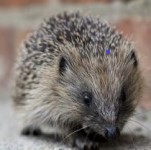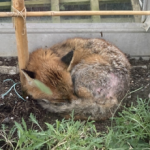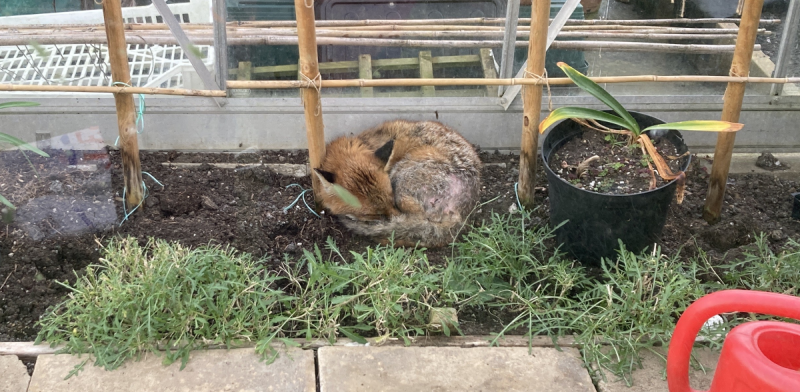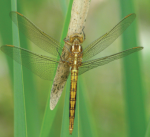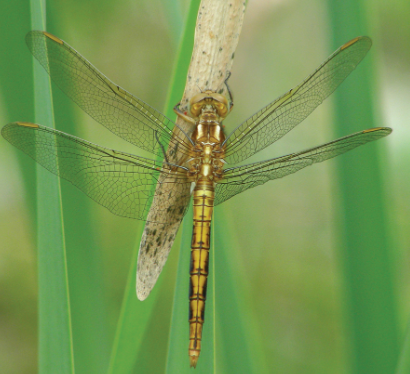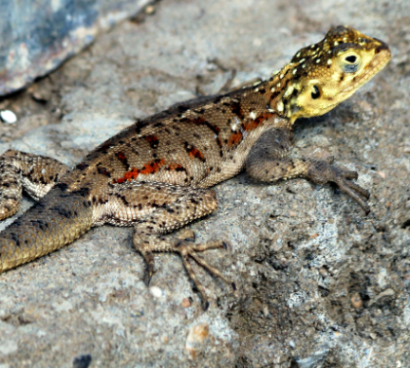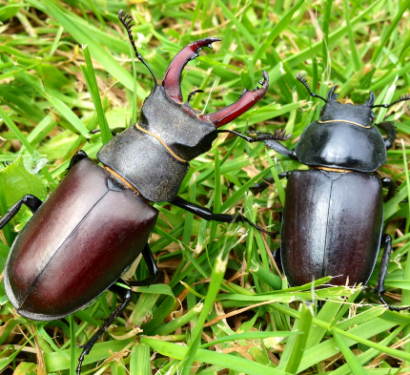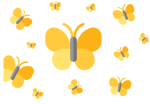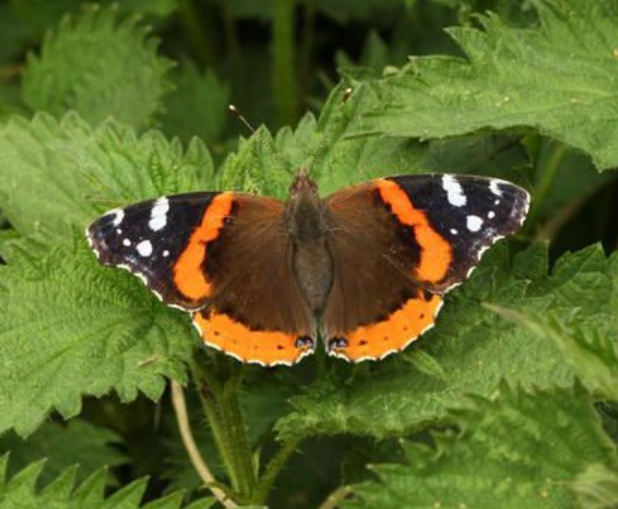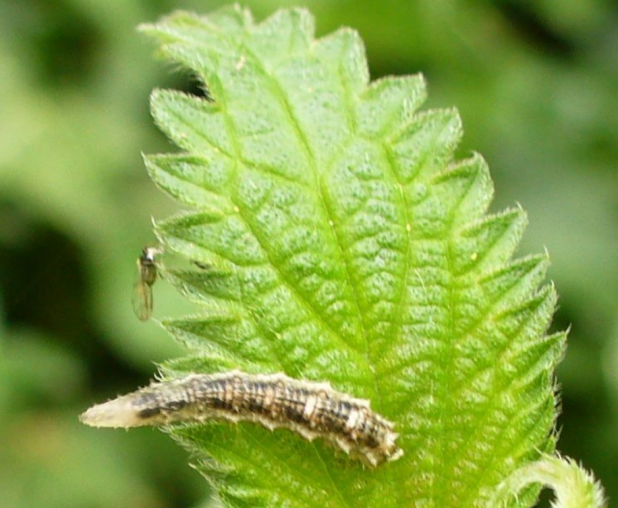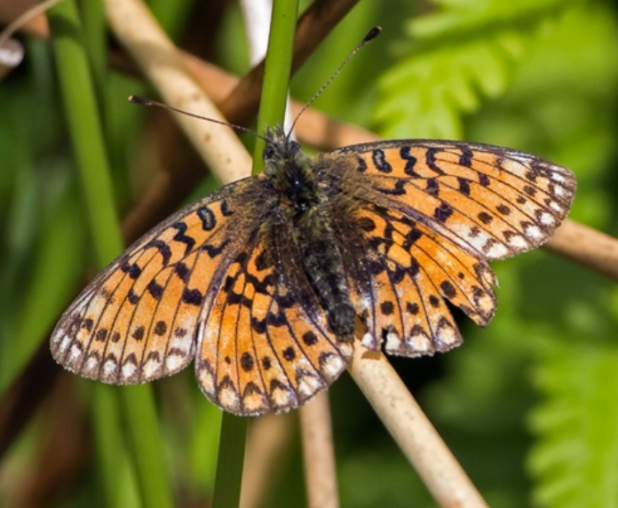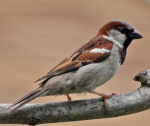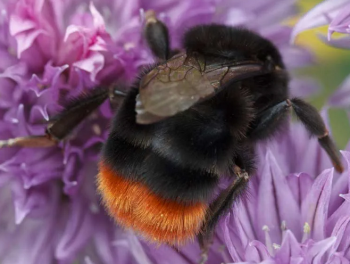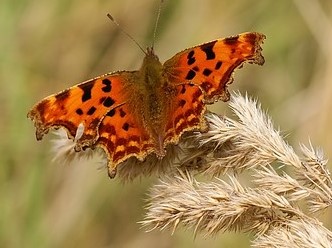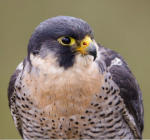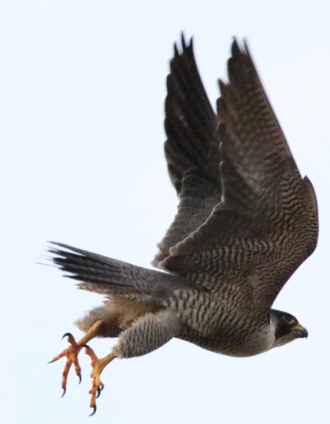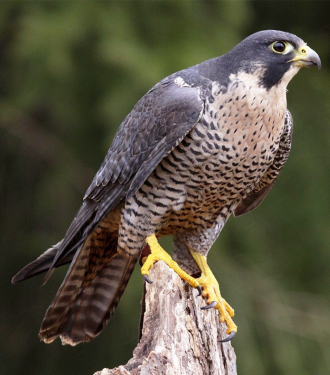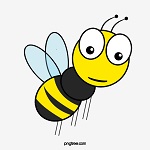The latest Gardener’s World Magazine annual Hedgehog survey has reported a small increase in numbers. This was the first year that hedgehog numbers have slightly increased, so could hedgehogs could be making a comeback?
There is an increase in awareness of the hedgehog’s decline and more gardeners trying to help, but we need better data on where they survive.
The Big Hedgehog Map tells us that 92 holes and 549 hedgehogs were sighted in our area. Do check out this splendid resource. If you want to join the hedgehog monitoring community you can sign up to register your garden and start counting.
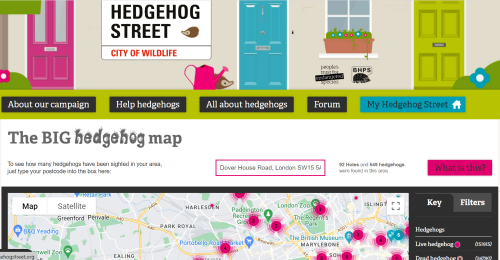
If you’re not sure if your garden hosts a hedgehog read this advice from the Wildlife trusts – lots of help!
On a cautionary note, Fay Vass, CEO of the British Hedgehog Preservation Society, warned that ‘Valuable as the Gardeners’ World survey is, we need to remember that these figures are only a snapshot. Populations change year to year, and these findings might not necessarily represent the underlying trend.’ Data from the BHPS’s 2022 research into the state of Britain’s hedgehogs gave ‘cause for cautious optimism’ but showed that urban populations are still much lower than they should be.

